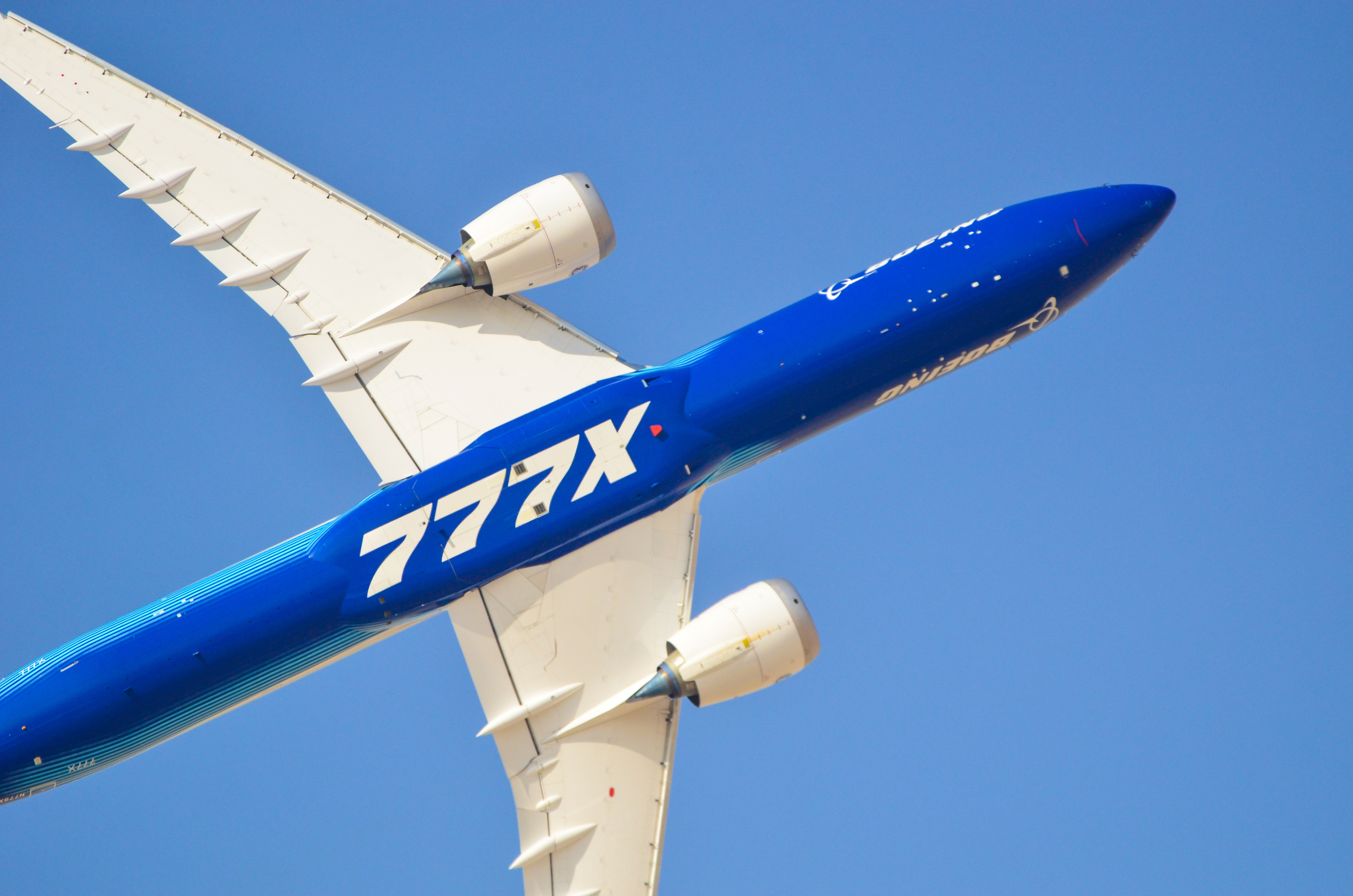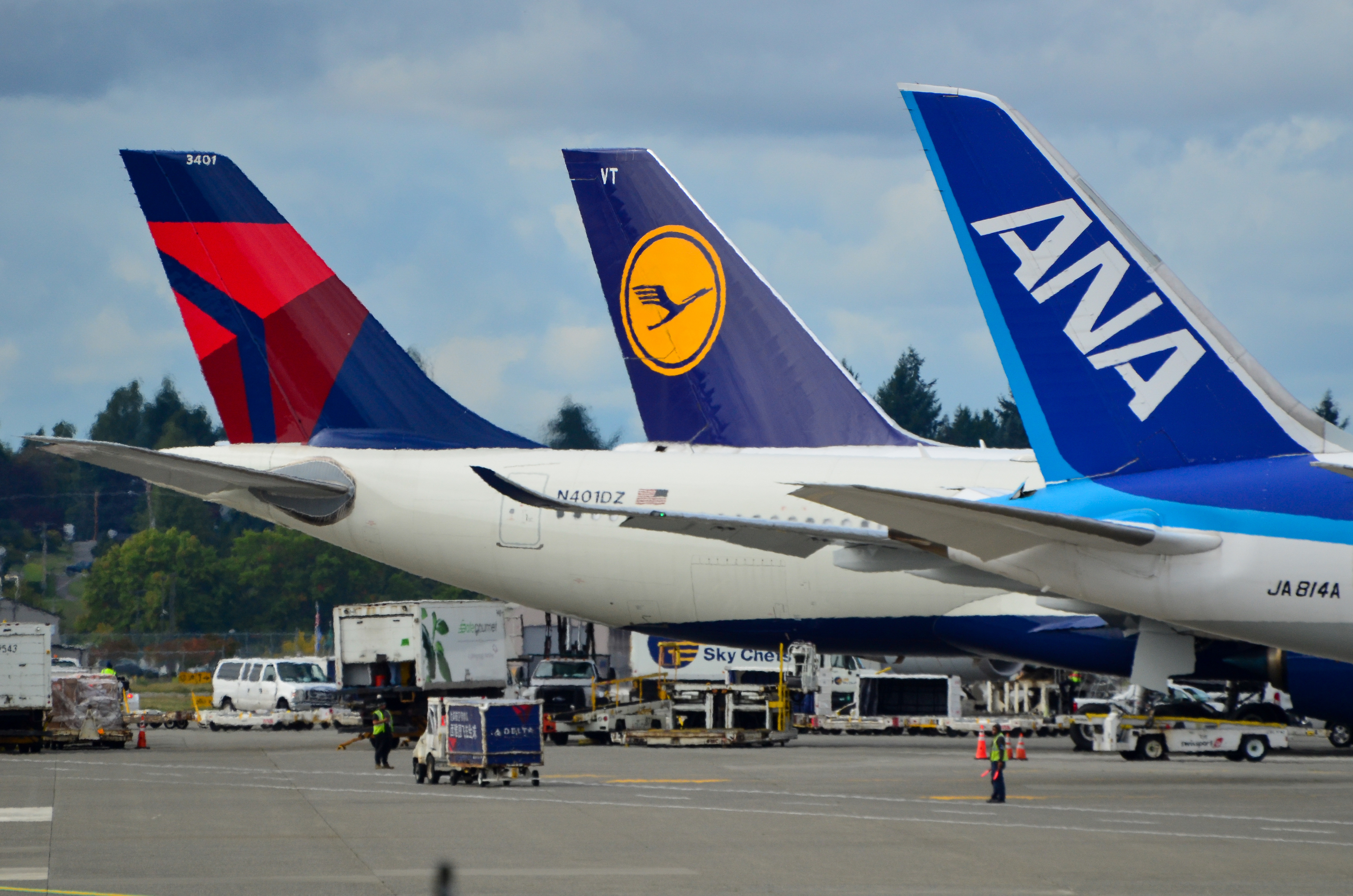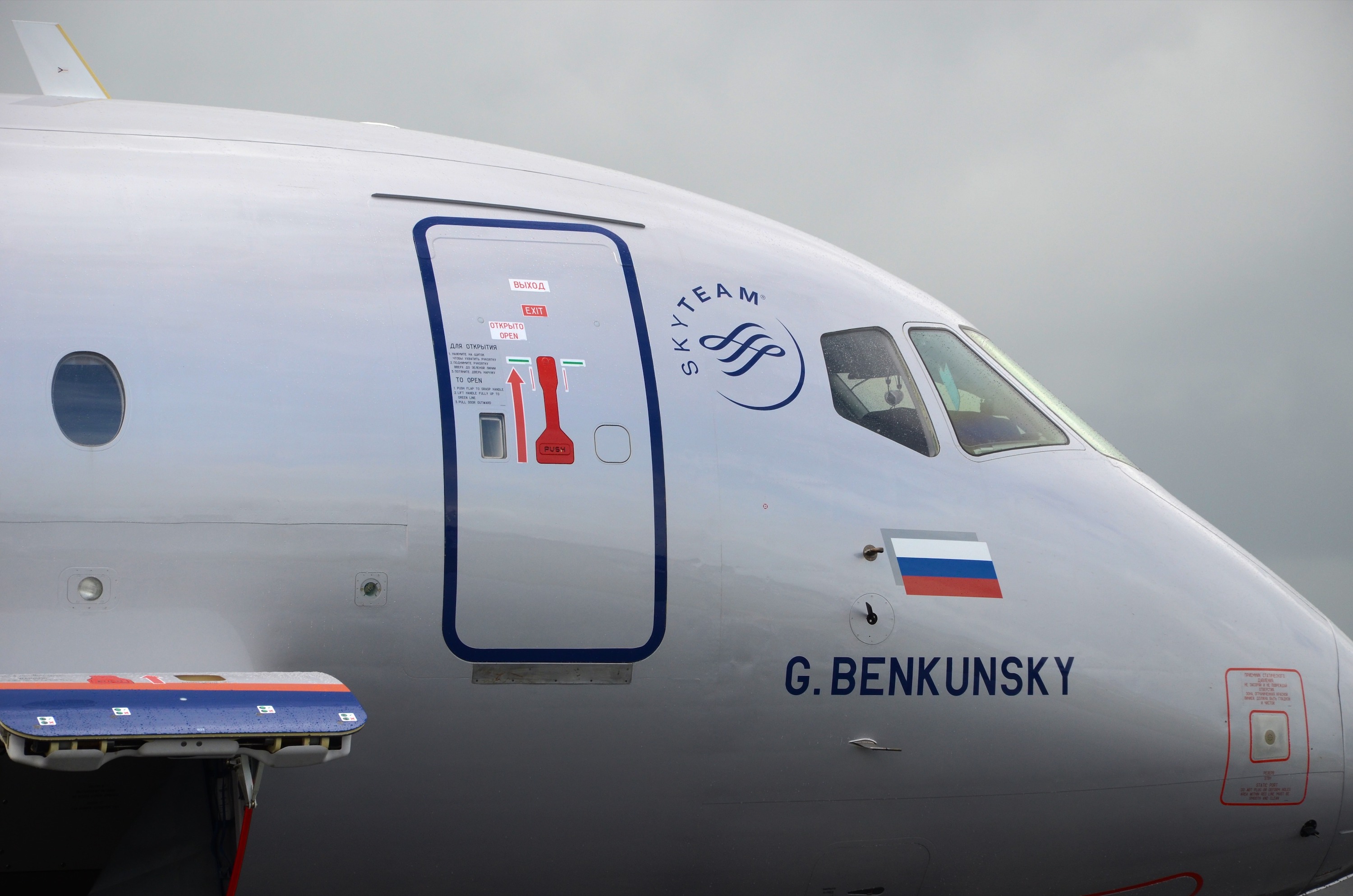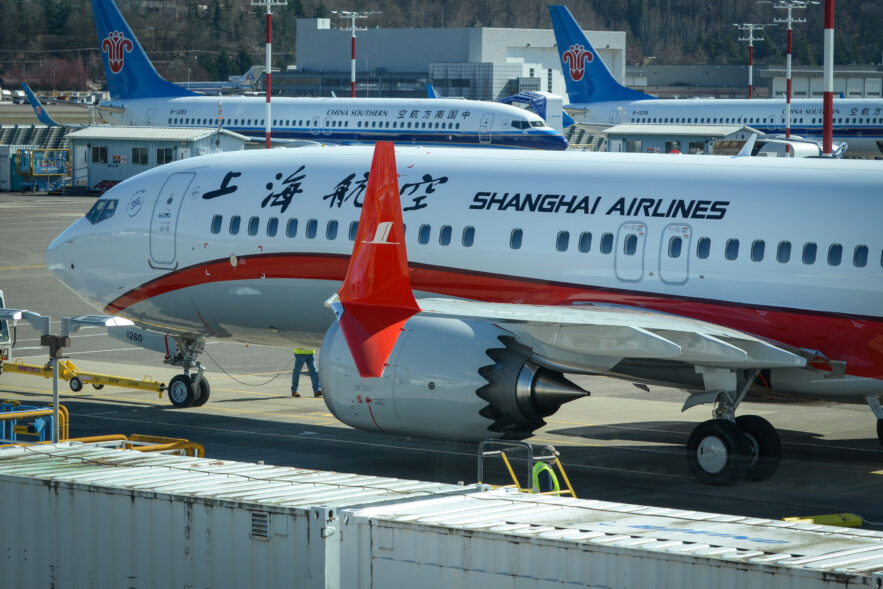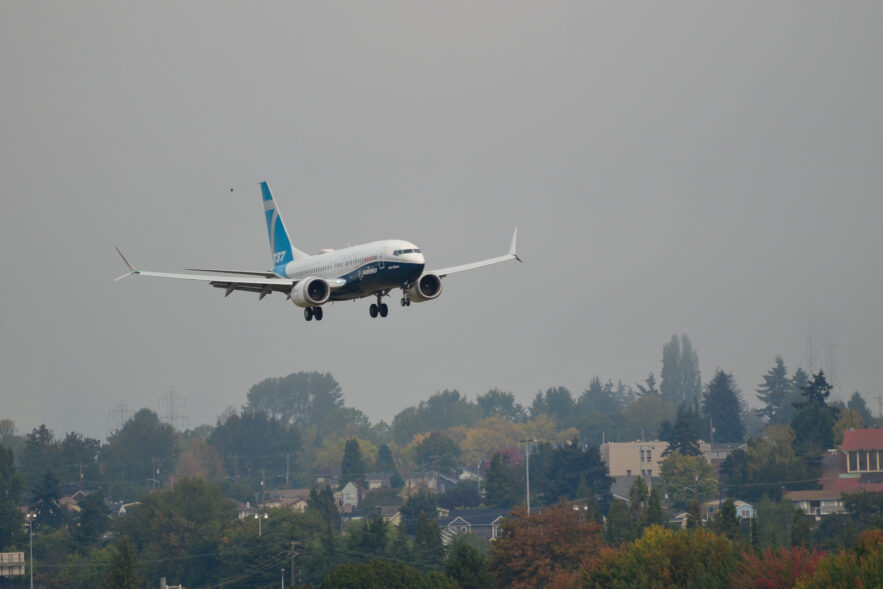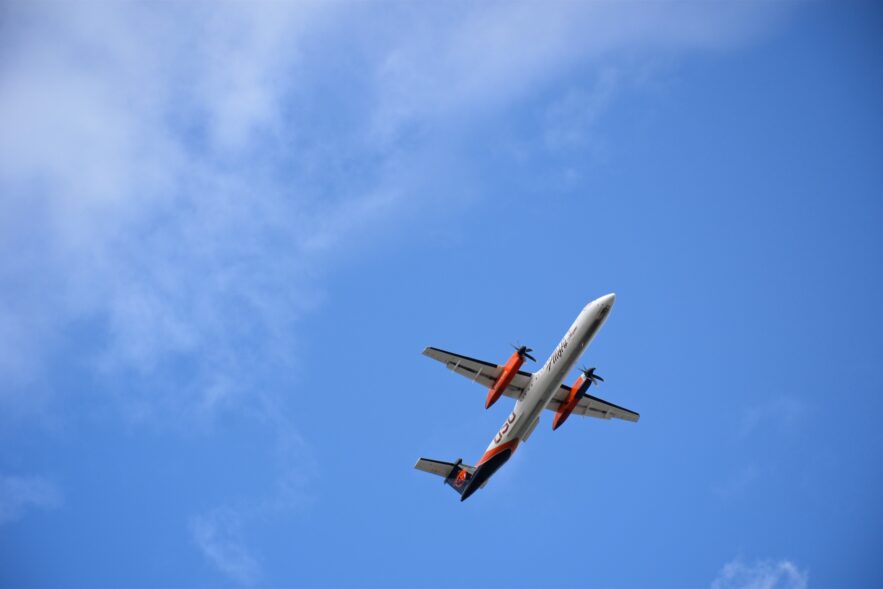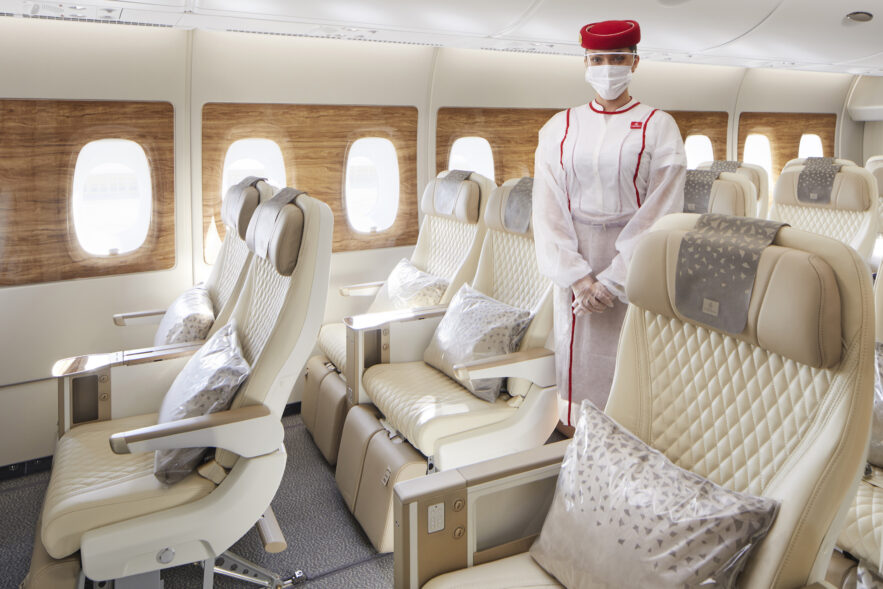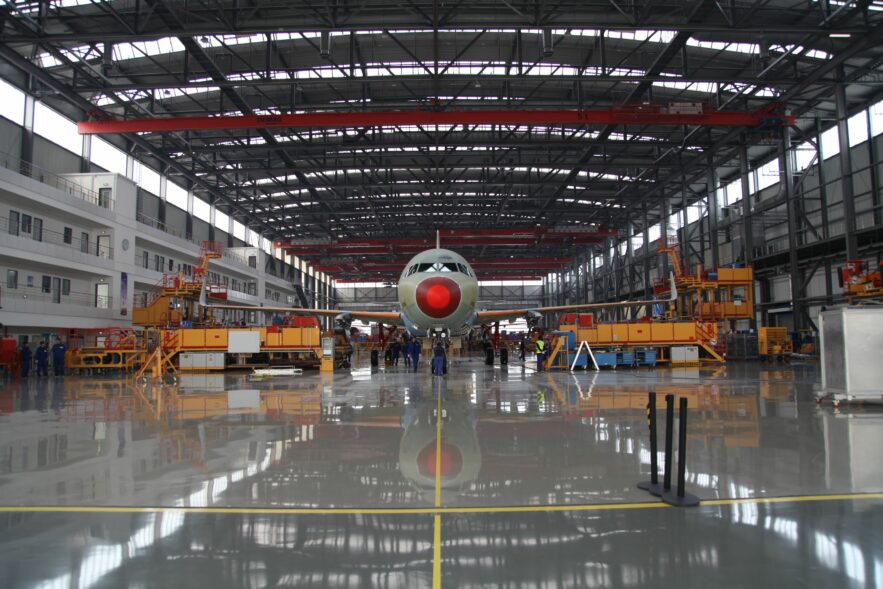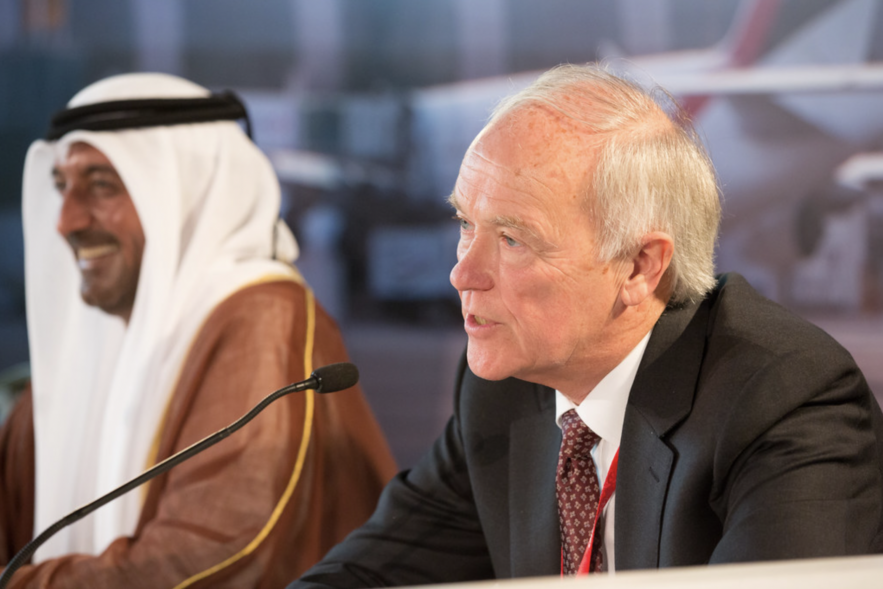Log-in here if you’re already a subscriber Release DateApril 22, 2022Boeing preps 777X for slip deep into 2024, as it...
In this latest TAC Analysis, we bring the air travel recovery into context with increasingly cloudy economic horizons. Despite calls to pick a side between aviation growth or a global recession, we find evidence that both can be true – an apparent contradiction worthy of the wild times in which we find ourselves today.
Denial of aviation is a weapon that predates the 21st century battlefield. Yet, with the return of war to Europe, it is also aviation’s Achilles’ heel. With it comes a cascading series of immediate and longer term consequences in the skies as commercial and industrial links are quickly broken after decades of cultivation following the fall of the Soviet Union.
The industry is closely watching Boeing’s progress as a bellwether for its own health and that of the disrupted global supply chain. While its build rate will accelerate to 31 early next year, the company will need to advance its delivery rate well over that level in order to burn down its enormous inventory of 737 Max aircraft built and stored during the grounding.
Yet, even with this key development, the jet will return to a transforming Chinese aviation ecosystem that bears little resemblance to the world just before the Max was grounded in March 2019. Since then, the dynamics between the U.S. and China have shifted considerably, along with a pandemic that has reshaped its logistical relationship with the world. And all this against the backdrop of major shifts in Chinese President Xi Jinping’s approach to western business.
As COVID-19 mutates to continue its torment, aviation adapts right along with it.
Challenges from logistical to geopolitical permeate every level of the Boeing’s 737 Max visit to China. ATR's struggle to certify its own turboprop is a template for Boeing's uncertainty.
Understanding the nuances of regional aircraft -- turboprops and regional jets -- is first and foremost a matter of understanding the role of geography in their success.
As the traffic recovery continues, passengers are migrating toward different levels of service as the cabin continues on a path toward even-greater segmentation. There’s no one standard definition of what premium economy is or how it’s deployed, but there is a growing passenger preference emerging. Around the globe, premium economy is outpacing the return of other higher-fare classes
“Boeing is very much relying upon that commercial pressure from the airlines in China, putting political pressure on Beijing...And so far it hasn’t happened yet,” said Air Lease CEO John Plueger.
Globalization, technology and crippling debt will shape the future of flying after COVID-19, says longtime Emirates airline president Sir Tim Clark.
Boeing has started building 737 Max aircraft again for China, but the plane maker Comac -- its Chinese counterpart -- are at the mercy of the peculiar adversarial interdependence between China and the U.S.
